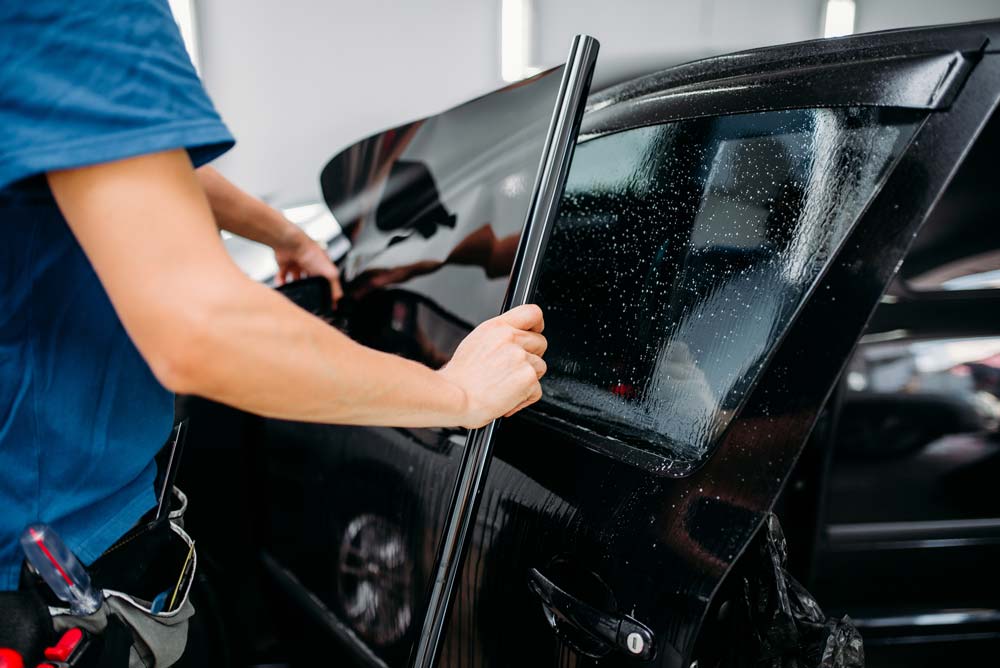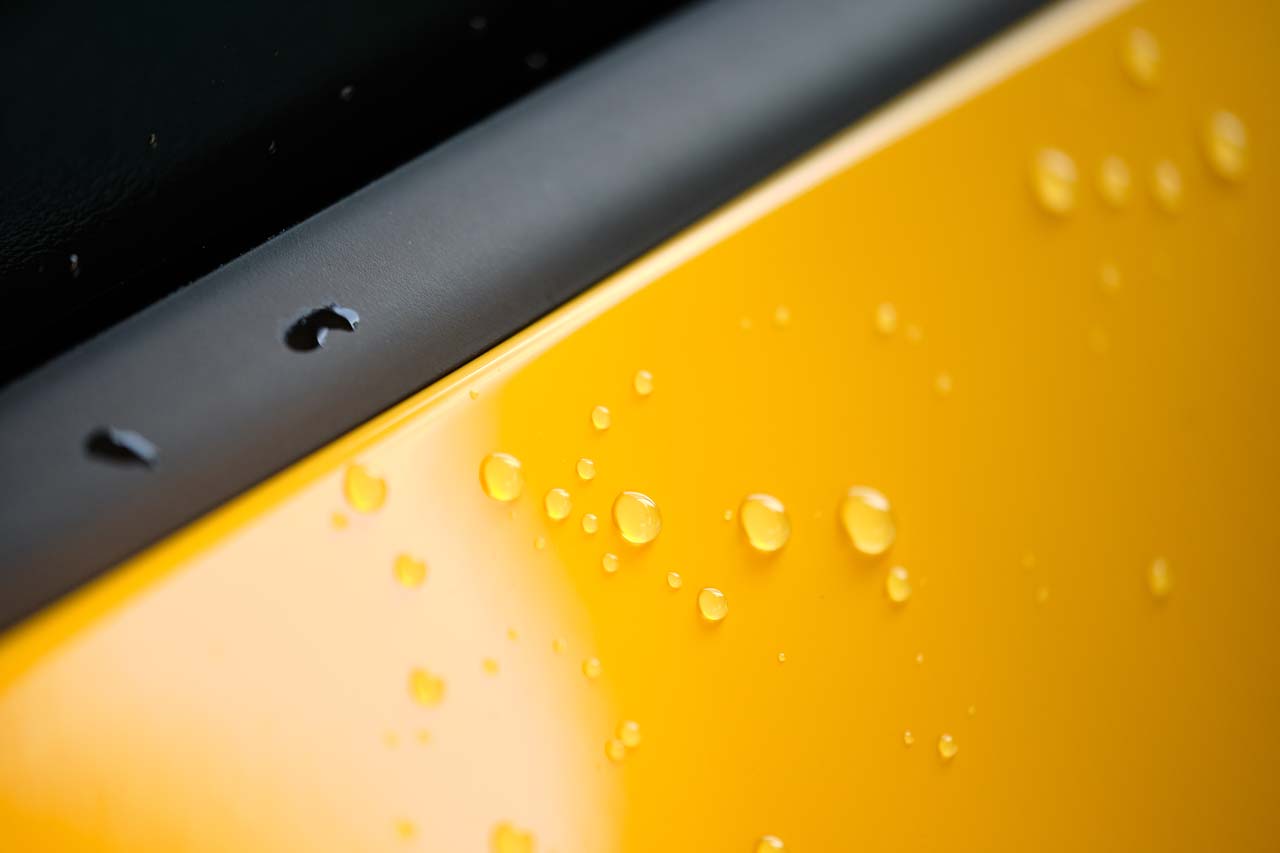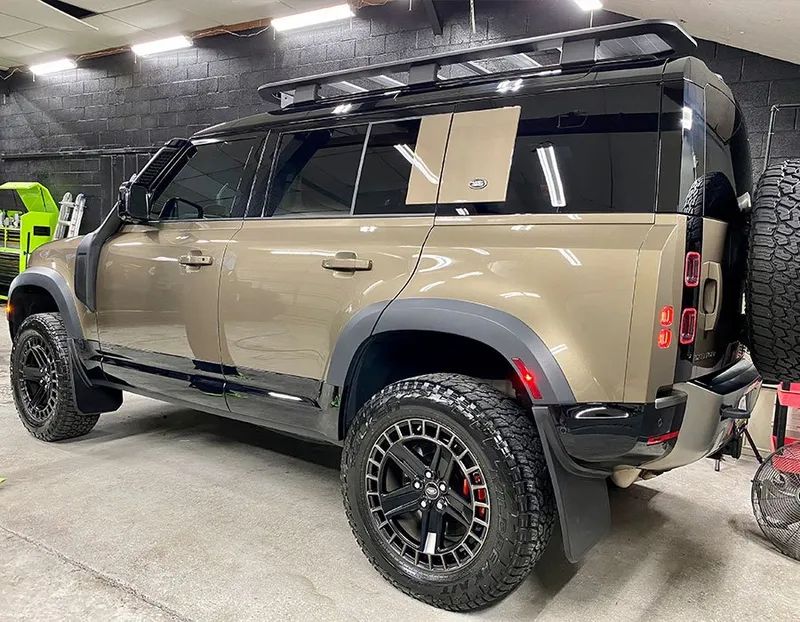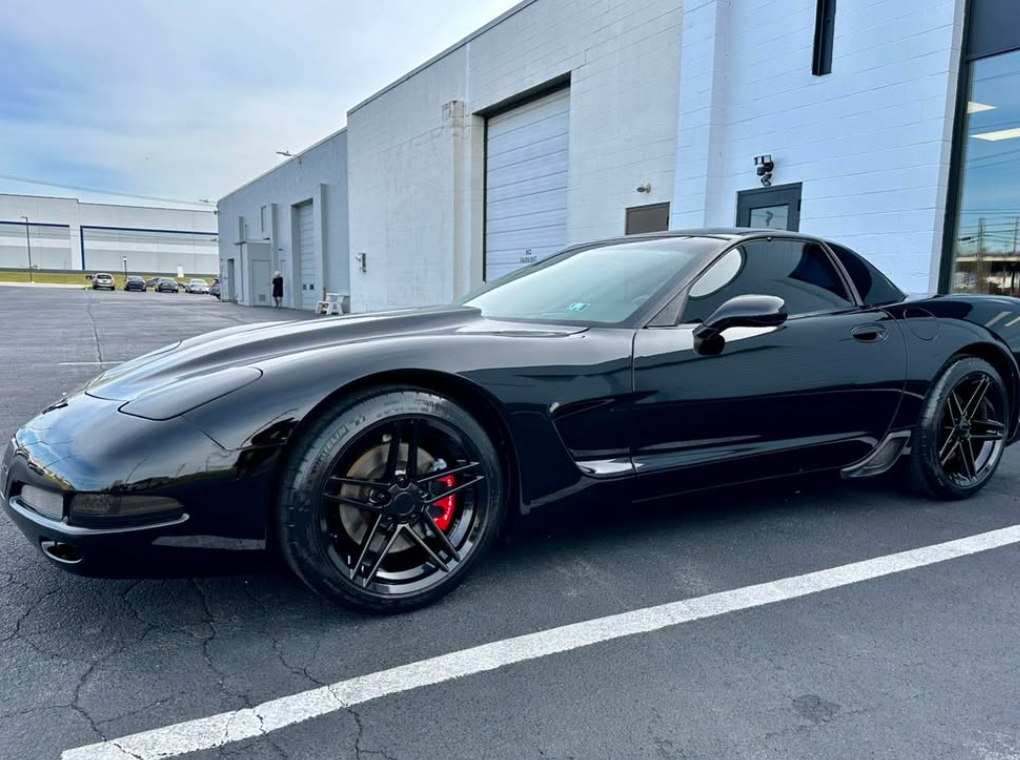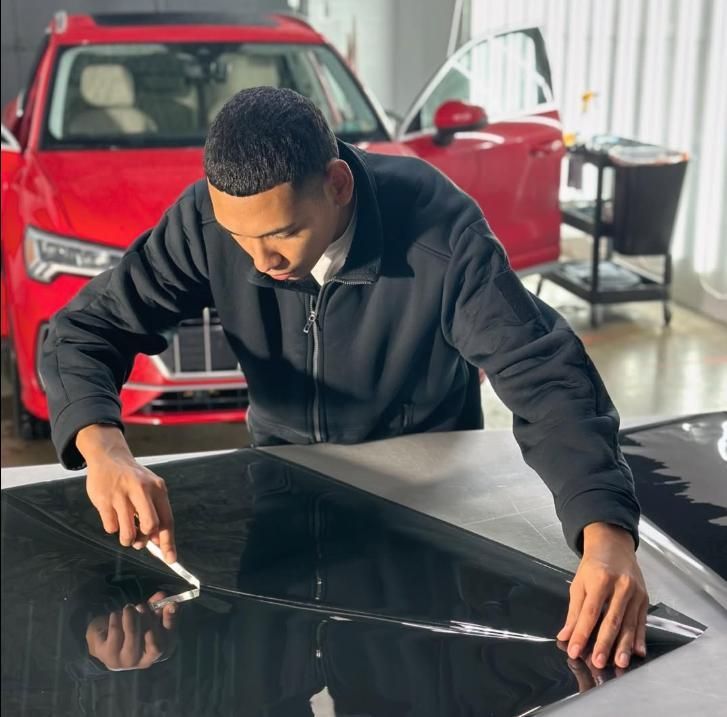Maintaining Your Paint Protection Film: Tips for York Vehicle Owners
Keeping your vehicle in great shape takes effort, and one important part of that is maintaining your paint protection film (PPF). If you’ve invested in PPF, you know it acts like a shield against environmental damage, but that doesn’t mean you can just forget about it. Regular maintenance is essential to ensure it continues to work effectively and looks good too. After all, nobody wants to deal with peeling edges or fading colors. In this guide, we'll cover everything from inspection tips to proper cleaning techniques, so you can keep your car safe and shining like new for years to come. Let’s dive into the essentials every York vehicle owner should know!
Essential PPF Maintenance Tips
Regular inspections are a crucial component in preserving your PPF. Imagine walking to your car one day only to discover that a corner of the film has started peeling away.
By routinely checking for signs of damage, such as fraying edges or bubbling, you can catch these issues early on. This proactive approach not only helps maintain the aesthetic appeal of your vehicle but also keeps the underlying paint protected from environmental factors such as dirt and UV rays. If you notice any problems, addressing them immediately can prevent further complications and costly repairs down the road. Now that we understand the importance of regular inspections, let’s talk about how to clean that film without accidentally damaging it.
When it comes to cleaning your PPF, always remember to use soft materials. Use a microfiber cloth or a soft sponge for effective cleaning. Not only will they effectively lift dirt and grime, but they are also gentle enough to preserve the integrity of the film. Incorporating these diligent practices into your maintenance routine may seem simple; however, they cumulatively enhance the longevity and effectiveness of your PPF. It's akin to ensuring you get regular check-ups rather than waiting until something goes seriously wrong with your health—it’s about prevention and care over time.
With this foundational understanding in place, let's turn our attention to specific techniques that ensure optimal washing and drying for your film protection.
Regular Washing and Drying Techniques
Consistent washing is vital to maintaining the appearance and protection of your paint protection film (PPF). Think about it like taking care of your skin; just as you would cleanse your face to remove impurities, your vehicle needs regular cleaning to eliminate dirt and contaminants that could harm the PPF over time. It's not just about keeping it looking pristine; it's about ensuring that the protective layer continues to perform effectively.
Step-by-Step Guide to Wash Your Vehicle
Step 1 - Pre-Rinse
The first step in this essential routine is to pre-rinse your vehicle. This crucial stage helps dislodge loose dirt and debris from the surface. Achieve this by using either a pressure washer or a garden hose with a spray nozzle to allow water to flow at an angle.
Next, turn your attention to choosing the right cleaning agents. Opt for a pH-balanced car shampoo that is explicitly safe for use on PPF. Using harsh chemicals can compromise its integrity, much like using abrasive facial scrubs can irritate your skin. There are brands that are excellent choices for providing a gentle yet effective cleanse without harming your film. Utilize a soft sponge or wash mitt to apply the shampoo, working from the top down.
Step 3 - Two-Bucket Method
To maintain cleanliness during your wash, embrace the two-bucket method. One bucket holds soapy water while another serves strictly as a rinse bucket for your sponge or mitt. This tactical approach ensures you're not reapplying dirt back onto your vehicle's surfaces, keeping everything clean and intact. Establishing this habit can significantly enhance your overall maintenance routine, extending the life of not just your PPF but also your vehicle's finish.
With washing complete, we need to transition smoothly into drying techniques that play a critical role in protecting the PPF.
Proper Drying Techniques
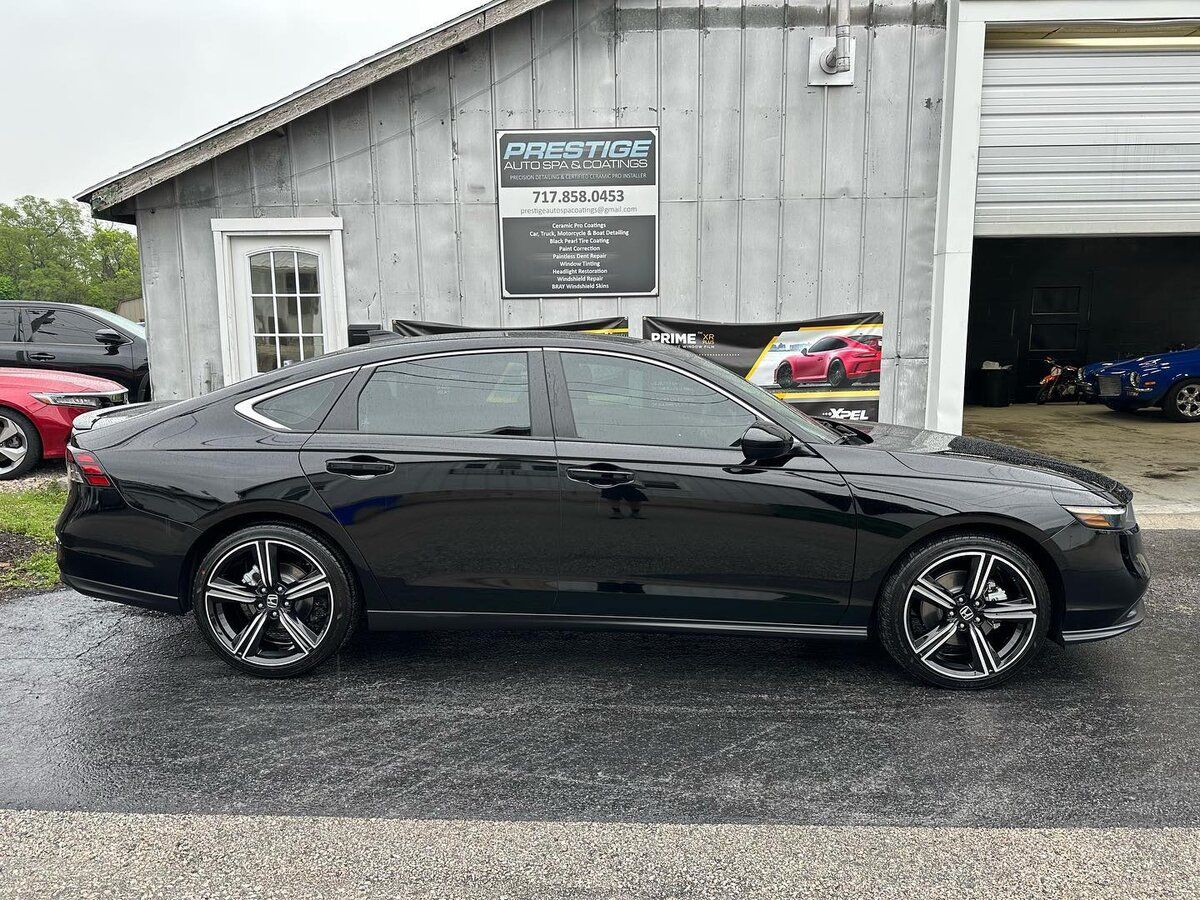
Step 1 - Air Drying
Whenever feasible, allow your vehicle to air dry naturally. This method helps prevent streaks and water spots, plus it eliminates any stress that could come from wiping a wet surface, which risks light damage. If you've ever dried off after a swim and noticed how much gentler it feels than rubbing with a towel, you'll understand why air drying benefits both you and your car.
Step 2: Use a Microfiber Towel
In situations where air drying isn’t practical due to time constraints or environmental conditions, reach for a high-quality microfiber towel. These towels are designed specifically for automotive finishes, absorbing moisture without leaving lint behind. Brands like Griot's Garage or The Rag Company offer excellent microfiber options that are soft enough not to mar even the most delicate surfaces. Instead of rubbing vigorously, gently pat the surface dry—think of it as cushioning rather than scrubbing.
Avoiding Harsh Chemicals
The reality is that even the most durable materials can succumb to damage when exposed to aggressive cleaning agents. That's why it’s critical to be mindful of the products you use in and around your vehicle. For instance, if you're routinely using an abrasive cleaner on your car’s surface or PPF, you might notice dulling or discoloration over time. This not only affects the look but also compromises those protective features designed to keep your vehicle safe from the elements.
List of Harmful Chemicals
- Solvents: Found in products like degreasers and tar removers, these powerful agents may seem effective at cutting through grime but can strip away the vital protective layer of your PPF.
- Alcohol-Based Cleaners: Frequently included in glass cleaners, these formulations can dry out surfaces and lead to cracking or peeling of your PPF over prolonged use.
- Acids: Often lurking in wheel cleaners, acidic substances can cause serious damage by degrading the PPF material itself.
- Ammonia: Ammonia, a common ingredient in many all-purpose cleaners, can significantly affect the clarity of your PPF over time.
Knowing which chemicals are risky allows for informed decision-making when choosing products. By committing to using cleaning solutions specifically labeled as PPF-safe, you maintain the longevity and effectiveness of your protective film.
Always read labels carefully as a general guideline. If you’re unsure whether a product is safe, it's worth doing a bit of research online or asking professionals at places like Prestige Auto Spa & Coatings for recommendations tailored to your specific PPF needs.
While avoiding harsh chemicals is essential for maintaining your PPF, considering additional protective measures can further enhance its durability against external factors that threaten its performance.
Protecting Your PPF with Coatings
Coatings specifically designed for paint protection film (PPF) are like an armor layer, extending its lifespan while enhancing its performance. Many vehicle owners prioritize keeping their investment in optimal condition. So, let’s unpack the benefits of applying these specialized coatings and why they have become a necessity in vehicle maintenance.
Application of Ceramic Coatings
Among the various options available, ceramic coatings stand out as particularly effective for PPF. These coatings possess remarkable hydrophobic properties, which means they repel water and contaminants, allowing them to roll off the surface more easily.
DIY vs. Professional Application
Now comes the all-important decision: should you apply this coating yourself or call in professionals? On the one hand, a DIY application can seem tempting; it’s often cost-effective and allows you to take control of the process. However, there's always a catch—improper application risks ruining the very film you’re trying to protect. You might end up with uneven coverage or streaks that not only look bad but lessen the effectiveness of the coating itself.
On the flipside, seeking a professional application typically guarantees better results. Experts ensure that each step is performed correctly, from surface preparation to final application. Yet, this convenience does come with a higher price tag. When weighing your options, consider whether your budget aligns more closely with a hands-on approach or if it’s worth investing for peace of mind.
Enhancing PPF Durability
Taking additional measures can significantly boost the lifespan of your PPF, ensuring that your investment continues to protect your vehicle effectively. One of the simplest yet most effective steps is providing UV protection. Harmful ultraviolet rays can degrade the film over time, leading to discoloration and diminished protective capabilities. To combat this, it’s wise to use products specifically designed for UV shielding.
Apply UV Protectants: Products like Armor All or 303 Aerospace Protectant effectively create a barrier against harmful sunlight. Regular application of these protectants not only enhances the shine of your PPF but also extends its life by preventing fading and cracking.
In addition to using UV protectants, consider your parking habits as well. Making a conscious effort to park in shaded areas can make a big difference. If it's feasible, utilizing a car cover when parked for extended periods not only guards against sunlight but also protects your vehicle from environmental contaminants like bird droppings, tree sap, and dust.
Another essential yet often overlooked practice is regular washing. While it might be tempting to skip cleaning on busy days, taking the time to hand-wash—rather than relying on automatic car washes—can help maintain the quality of your PPF.
Gentle Cleaning Agents
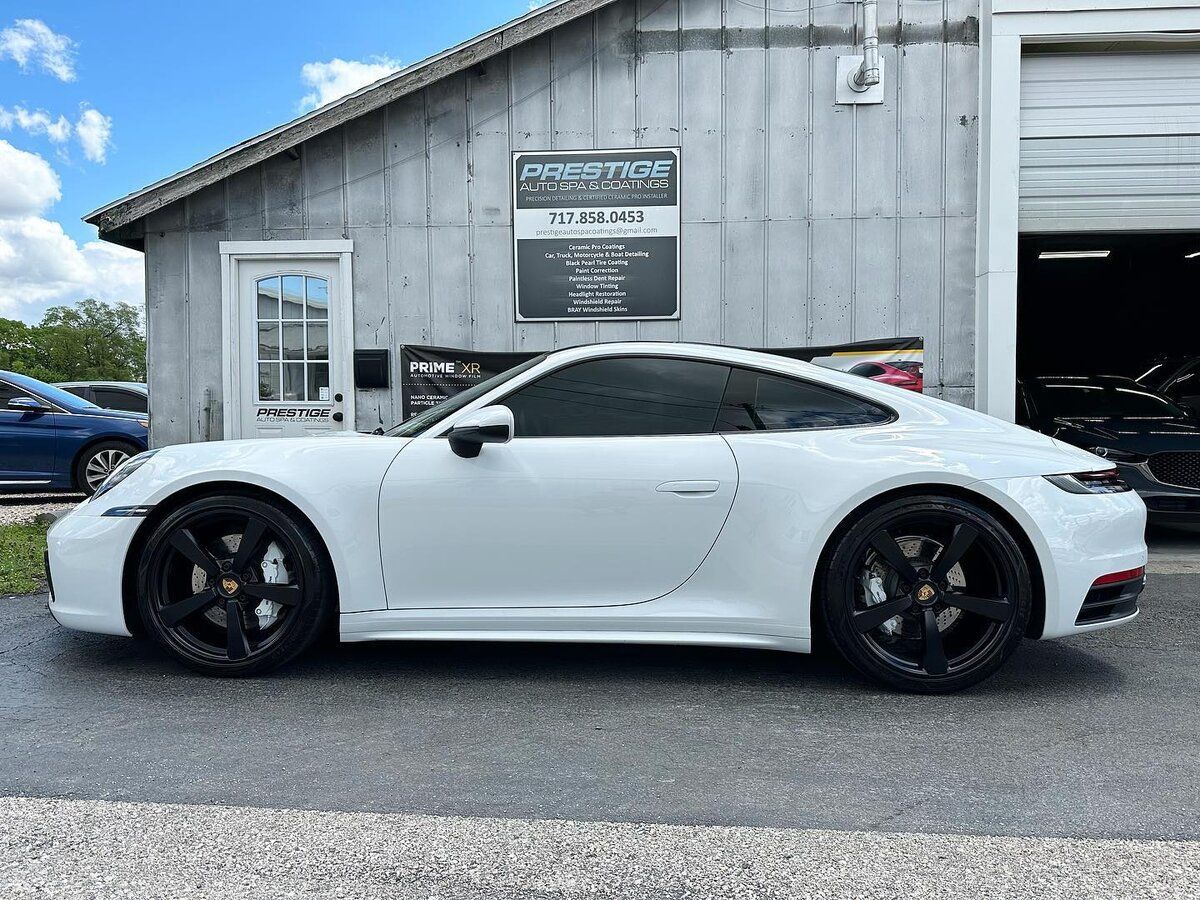
- Use pH-neutral automotive soap for cleaning.
- Avoid harsh chemicals or abrasive materials during wash.
- Rinse thoroughly with clean water to eliminate soap residue.
To further safeguard your PPF, inspect it regularly for signs of wear or damage. Paying attention to small defects early can prevent more significant issues down the road. If you spot any abrasions—no matter how minor—it’s best to address them promptly with appropriate remedies to restore functionality and appearance.
Implementing these strategies will help you maintain your paint protection film effectively, ensuring your vehicle continues to shine and remain protected as time goes on. With this knowledge in hand, let’s move towards gaining further insights on expert recommendations tailored for vehicle owners.
Why Choose Prestige Auto Spa for Paint Protection Film?
At Prestige Auto Spa & Coatings, we understand that your vehicle is an investment, and preserving its appearance is crucial. That's why we offer STEK Paint Protection Film, one of the highest quality PPF products on the market. STEK is known for its superior durability, self-healing properties, and exceptional resistance to wear and tear, all while maintaining the sleek, glossy finish of your vehicle. Whether you're dealing with everyday road debris, rock chips, or environmental contaminants,
STEK PPF
provides a nearly invisible shield that defends your car against all of these threats. . Book us today to learn more about how we can help protect your car with STEK Paint Protection Film.


